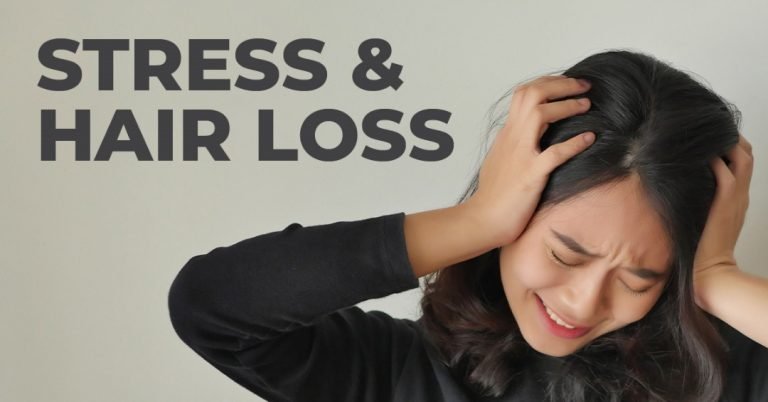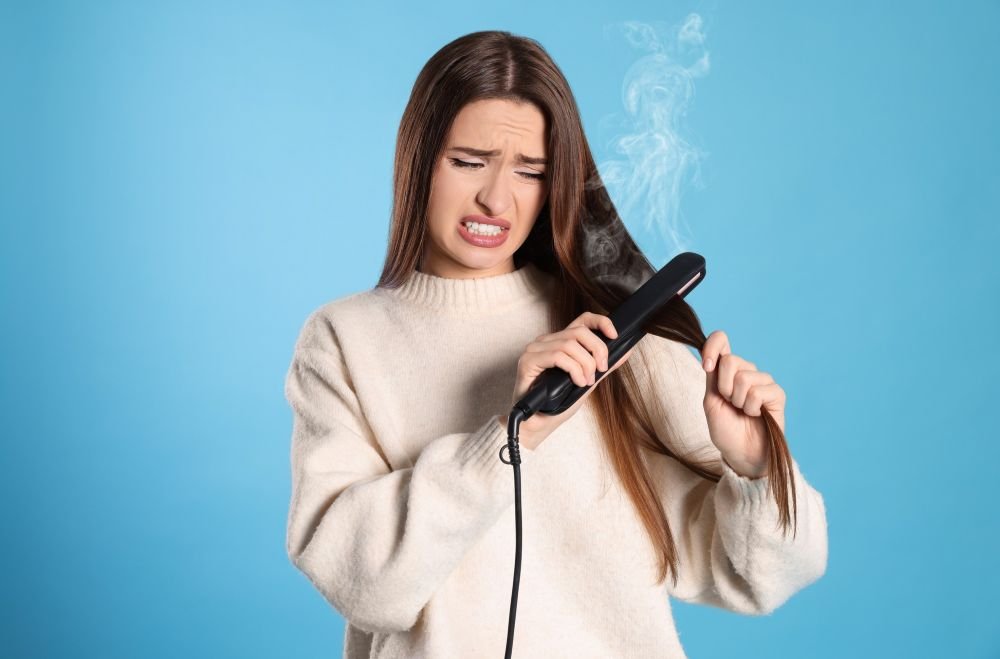Hair fall can be frustrating, especially when it happens suddenly or excessively. If you’ve noticed more strands in your brush or shower drain, you’re not alone. Many women experience hair thinning at some point, and understanding the main causes of hair loss can help you take the right steps to manage it.
1. Hormonal Imbalances
One of the major hair fall reasons in women is hormonal changes. Fluctuations due to pregnancy, menopause, PCOS (Polycystic Ovary Syndrome), or even birth control pills can lead to hair thinning. Estrogen helps keep hair in the growth phase, but when levels drop, hair shedding increases. This is why many women experience sudden hair loss after childbirth or during menopause.
2. Stress and Lifestyle Factors
Ever heard the saying, “Stress makes your hair fall out?” It’s true! High levels of stress trigger telogen effluvium, a condition where hair enters the shedding phase too soon. Emotional stress, lack of sleep, poor diet, and even excessive hairstyling can contribute to over hair fall reasons. The good news? Once stress levels are managed, hair often regrows naturally.

3. Nutritional Deficiencies
Your hair needs essential nutrients to stay strong and healthy. Deficiencies in iron, biotin, zinc, or vitamin D are some of the medical reasons for hair loss. Iron deficiency anemia, in particular, is one of the severe hair fall reasons among women. If your diet lacks protein or essential fatty acids, your hair may become weak, brittle, and prone to breakage.
4. Scalp Conditions and Infections
A healthy scalp means healthy hair. Scalp conditions that cause hair loss include dandruff, psoriasis, seborrheic dermatitis, and fungal infections. These conditions lead to inflammation, itching, and clogged follicles, all of which can disrupt hair growth. If you notice redness, flaking, or excessive oiliness, treating the scalp can help improve hair health.
5. Medical Conditions and Medications
Certain illnesses that cause hair loss in females include thyroid disorders, autoimmune diseases like alopecia areata, and chronic illnesses such as diabetes or lupus. Additionally, medications for blood pressure, depression, chemotherapy, and even some antibiotics can lead to excessive hair fall reasons. If your hair loss is sudden and severe, it’s best to consult a doctor for proper diagnosis and treatment.
6. Overuse of Heat and Chemical Treatments
Love your straightener, curling iron, or hair dye? Frequent use of heat styling tools, chemical treatments, and harsh hair products can weaken the strands, making them more prone to breakage. While these are not direct medical reasons for hair loss, they can contribute to sudden hair fall reasons in female. Opting for gentle hair care and avoiding excessive styling can help restore hair strength over time.

Final Thoughts
Understanding the hair fall reasons in women is the first step to preventing it. Whether it’s due to scalp conditions that cause hair loss, nutritional deficiencies, or stress, there are ways to address the issue. If you’re experiencing sudden hair loss or severe hair fall reasons, seeking professional advice can help identify the root cause and find the best solution. Remember, healthy hair starts with a healthy body!

